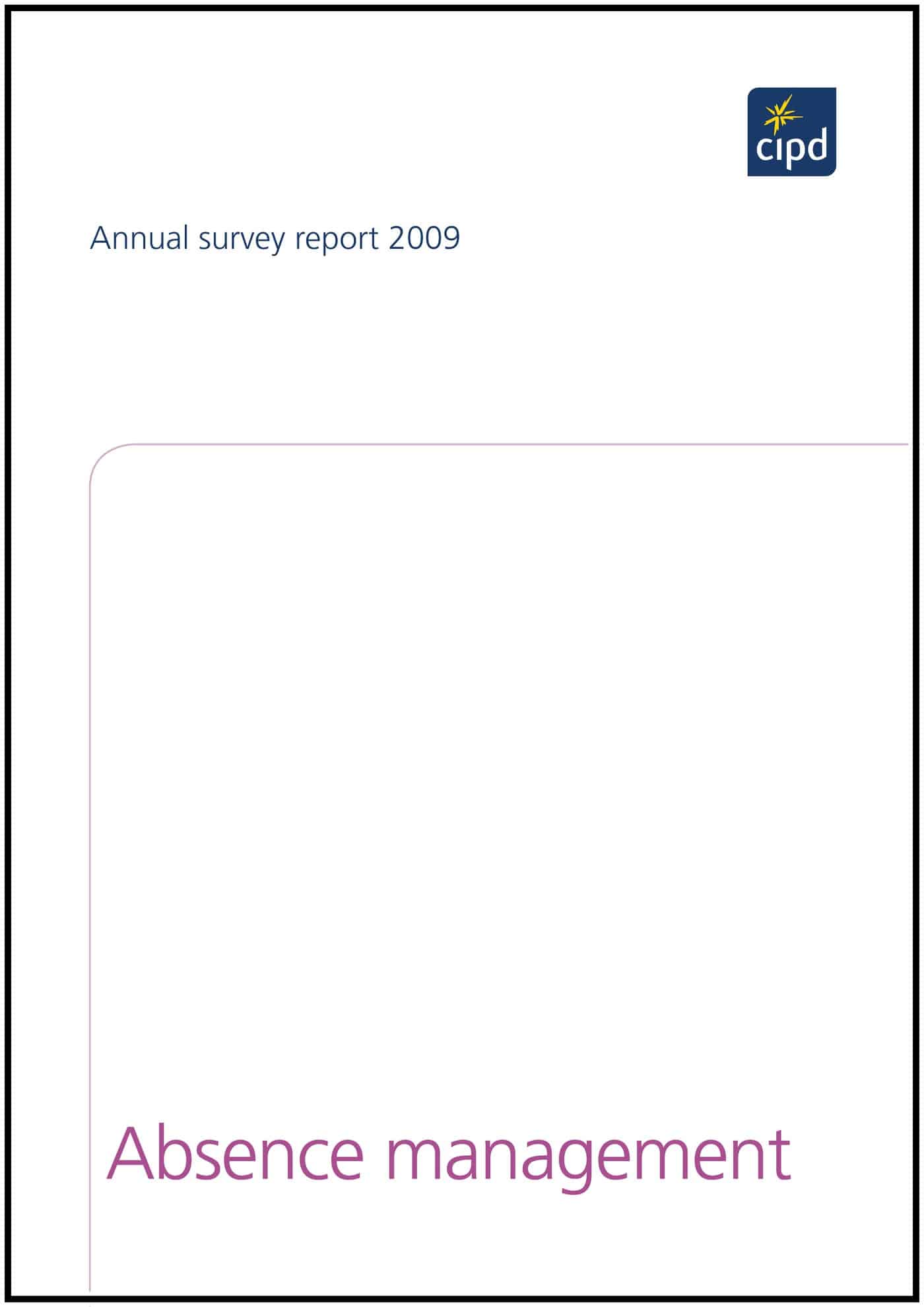The New York Times has revealed research on the hazards of driving and using mobile phones that was withheld since 2003. The newspaper understandably focuses on the intrigue that prevented the report from being released but the content of the report has the potential to substantially change how companies “manage” the hazard of their staff using mobile phones whilst driving. 
The report, obtained through Freedom of Information and made available on the newspaper’s website, was a substantial project for the National Highway Traffic Safety Administration and, according to NYTimes:
“The research mirrors other studies about the dangers of multitasking behind the wheel. Research shows that motorists talking on a phone are four times as likely to crash as other drivers, and are as likely to cause an accident as someone with a .08 blood alcohol content.”
The full report is available by clicking on the image in this post.



